Leading the Future of Space City, USA
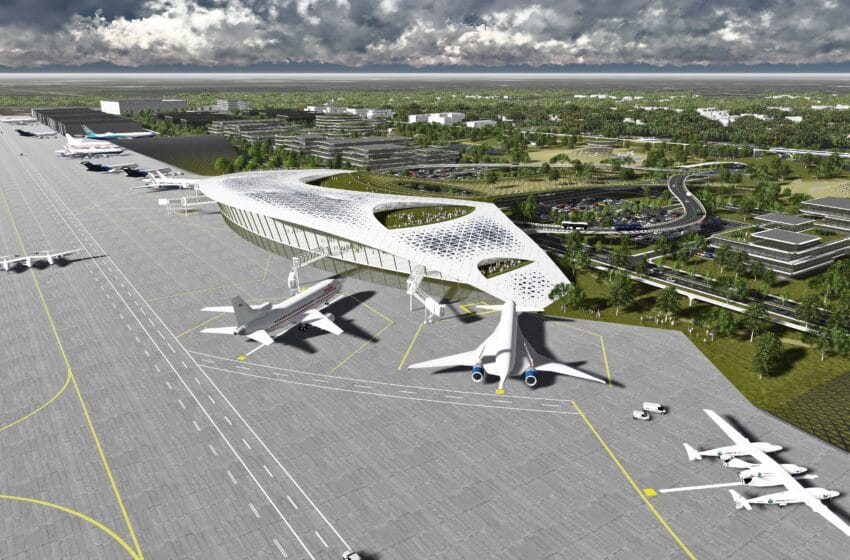
Last December, Houston Spaceport, the nation’s 10th such facility to be commercially licensed, wrapped up its phase 1 development. The 150-acre, $21 million buildout included streets, water, electrical power, fiber optics, and communications facilities.
Located in Ellington Airport, the spaceport is rapidly developing into a hub of the aerospace and aviation community—and contributing significantly to the economic development of the region.
Arturo Machuca, director of Ellington Airport and the Houston Spaceport, sees his work at the spaceport as not only making Houston a real leader in the path to commercial spaceflight, but also as bringing companies together to foster innovation and new business opportunities.
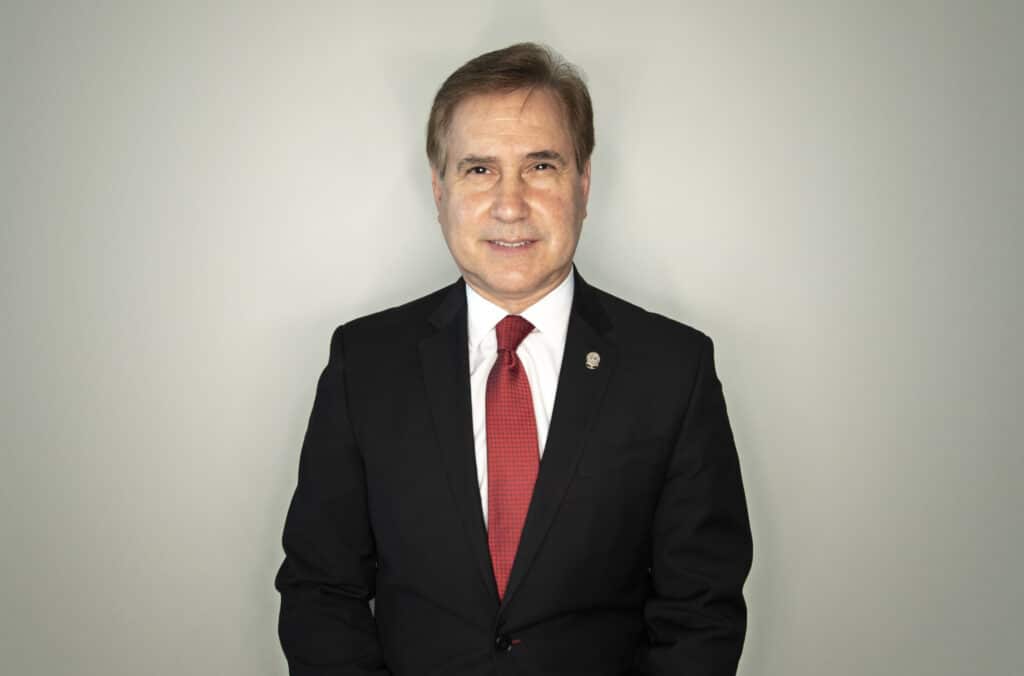
Texas CEO Magazine: Was it always your dream to run an airport? Were you the kid running around with toy planes when you were young?
Machuca: No question about it. By the time I was 12 years old, I knew that aviation was what I wanted to do. At that age, I was invited to an airport on a school trip. We didn’t have jetways back then; they just took us out in the ramp. There was a 727 parked out there, and when they invited us on, I was the first kid jumping up those stairs. As soon as I saw the cockpit, I thought, “Man, this is what I want to do.” My real career in aviation started in 1981, so it’s been 40 years.
Texas CEO Magazine: A lot of people want to be in aviation. What was your big break?
Machuca: My big break was the decision I made in college to apply to a sales and marketing role at Mexicana Airlines. Sure enough, I was lucky enough to get hired on. All of a sudden you couldn’t catch me. Every weekend I was flying. From there, I got deep into the business of commercial airlines. Twenty-one years later, in August of 2001, just a couple of weeks before 9/11, a good friend of mine invited me to come work for the Houston Airport System, doing what we call air service development. Basically, I went around inviting airlines around the world to fly to Houston.
About three years later, I took a detour into private aviation, building FBOs [fixed-base operators], and I got to see how the 1 percent flies. That experience helped me understand both customer service and new types of business opportunities. But then in 2009, once again my friend here at the Houston Airport System called me up and said they had an opportunity. This time it was overall business development for the Houston Airport System—Bush, Hobby, and Ellington. In 2012, I got the opportunity to work for Ellington, looking at the feasibility of transforming a general aviation airport into a spaceport.
When I heard about that opportunity, I knew I had to do it. It was a challenge I wanted to be a part of. At first, many of our colleagues thought this project might not happen. But working in partnership with our own teammates, the Federal Aviation Administration, the State of Texas, the City of Houston, and others, we determined that it was doable.
When I heard about that opportunity, I knew I had to do it. It was a challenge I wanted to be a part of.
It took us about a year and nine months to have Ellington licensed as the 10th commercial spaceport in the nation. That might sound like an easy task, but we did it in record time. The closest to touching that record was five years. I’ll tell you what—it took the dedication and support of many people at the federal, state, county, and city level. We turned what used to be seen as the past of Houston into the future of Houston.
Texas CEO Magazine: Most CEOs know what an airport is like, but what’s going on at a commercial spaceport like the one you run at Ellington?
Machuca: We are the only truly urban spaceport in the world! We are right here in Clear Lake City, three miles due north of Johnson Space Center. We have all the necessary infrastructure, from runways to safety processes, to operate as a commercial spaceport and host horizontal operations. Those are the operations that companies like Virgin Galactic are testing in the Mojave, where you have a plane under jet power transporting the spacecraft out to the Gulf of Mexico, flying to an altitude of about 45,000 feet. At 45,000 feet they release the spacecraft. It ignites its rockets and off to space it goes.
We’re confident that in the future we’ll be doing those types of operations here. These types of launches are truly the beginning of commercial spaceflight. I like to invite people to think about the stretch of time between the Wright brothers’ first flight and when we had commercial aviation. At the beginning, aircraft were only able to fly very short distances, and that’s exactly where we are right now with commercial spaceflight. As technology develops, we will be able to use space flight to get from one point in the world to another. Many companies are already working on using spacecraft as transportation for passengers, cargo, satellite deployment, and more. Those are the companies we’re bringing to the Houston Spaceport.
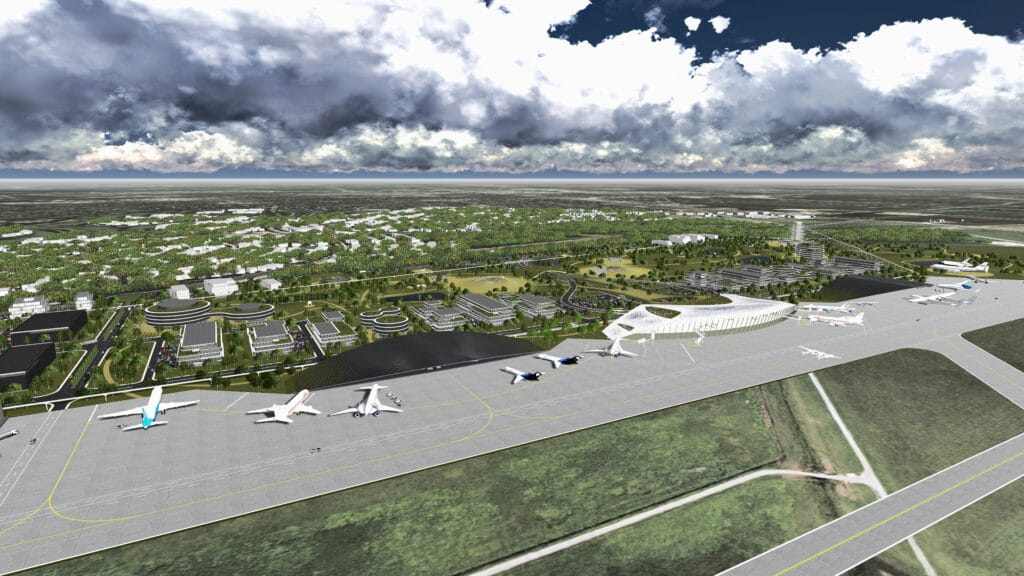
Texas CEO Magazine: Speaking of that, what are some of the exciting things going on at the spaceport right now? What types of tenants are already there?
Machuca: The Houston Spaceport’s strategy is different from most other spaceports. We have a broader vision that invites many people in the aviation and aerospace industry to take advantage of the assets of the fourth-largest city in the US—including our human resources and the universities producing the professionals who will push commercial spaceflight into the mainstream. We’re inviting companies, innovators, and visionaries to establish their operations here so they can do their part to support the development of commercial spaceflight.
We’re particularly excited to welcome the world’s first commercial space station builder, Axiom Space, to Houston Spaceport. Axiom plans to build a 14-acre headquarters campus here, where they’ll train private astronauts and begin production of their Axiom Station, the commercial space station that will replace the International Space Station in low-Earth orbit.
We also have companies already here that are doing really exhilarating work. One is Trumbull Unmanned, which is building and operating UAS [unmanned aerial systems, or drones]. They have a contract with ExxonMobil to do data collection and inspections. Another is Intuitive Machines, which has been aligned with the Houston Spaceport since its inception. They have grown from a startup into a company that’s about 150 individuals strong. Last year, Intuitive Machines responded to an RFP by NASA for its Commercial Lunar Payload Services program. In May of 2019, they got the great news that they had been selected as one of the companies to build an unmanned lunar lander. As we speak, right here at Houston Spaceport, these guys are testing and finalizing the Nova-C Spacecraft, the nearly 13-foot lunar lander that will deliver cargo to the moon as soon as the fall of 2021. It’s amazing. That’s a tremendous success not just for the Houston Spaceport but for the City of Houston.
Other areas of concentration for us include high-tech development, unmanned aviation—what some call drones—and deployment of microsatellites from the Houston Spaceport. We’re also looking at turning this place into a source of workforce training for aerospace. In 2019, we completed a deal with a local university, San Jacinto College, to open up its EDGE Center here at the Houston Spaceport. That opened in January 2020, with a mission of training people for careers in aerospace. Their curriculum allows younger students to get training in avionics and composites and welding and exotic materials and much more. As they ramp up the program, San Jacinto is giving out scholarships to jump-start industry training here in Houston. That’s very important to our community.
Texas CEO Magazine: What other skills will people need for the future of aviation and aerospace?
Machuca: Higher education and advanced technical skills are going to be the catalysts for transitioning from a government-driven space program to a commercial-driven space program. We want to support the workforce of the future at the Houston Spaceport because, just in the Houston region, the aerospace and aviation industry has a deficit of around 1,800 positions that go unfilled or are filled by unqualified candidates because of a lack of adequate training.
The top academic institutions in our area agree. There is a real need to prepare the workforce for the challenges and opportunities the commercial aerospace industry presents. We recently completed a feasibility study with the major universities in our region, including Texas A&M, Rice University, Texas Southern University, University of Houston Clear Lake, and others, and they all agree that there is a substantial need to have an aerospace and aviation training hub. What better place to have an academic aerospace facility than at the Houston Spaceport?
In addition to San Jacinto’s EDGE Center, we have a close working relationship with these higher education organizations. It only makes sense to continue to expand with the commercial aerospace industry and secure the jobs of the future right here in Texas.
There is a real need to prepare the workforce for the challenges and opportunities the commercial aerospace industry presents.
Texas CEO Magazine: What was your experience of leading Houston Spaceport and Ellington Airport through COVID-19? How do operations look different today compared to March 2020?
Machuca: We all saw the tremendous blow COVID-19 dealt to the commercial air travel industry. Commercial airports and airlines are still recovering from the effects of the pandemic, but at Ellington Airport, five branches of the US military and NASA account for most of the aircraft operations. In 2020, although we saw a decrease in general aviation activity, we saw an increase in military operations. Overall, we only had an 11 percent reduction in aircraft operations in 2020 compared to 2019.
On the other hand, the Houston Spaceport continued its momentum throughout 2020. We’ve been really fortunate. In general, the commercial aerospace industry, even NASA, did not suffer the same dire shortcomings that the aviation sector felt throughout this pandemic. A good example of that is SpaceX sending the first commercial crew to the ISS in the middle of the COVID-19 outbreak. We’ve seen a big push from the public and private sectors to advance commercial space flight. Since the last administration, there was a certain urgency to advance a commercial space program and we continue to experience that vision under President Biden.
Another truly significant factor for us was the completion of Phase 1 of development of the spaceport in late 2020. With the infrastructure in place, we are getting more attention. As I mentioned, Axiom Space announced plans to build their headquarters here. Venus Aerospace is a California startup that moved to Houston to develop their technology of hypersonic flight, and I can say that there are other large business opportunities in the pipeline. We hope we can make some announcements soon. The Houston Spaceport is open for business and we’re excited for the things to come.
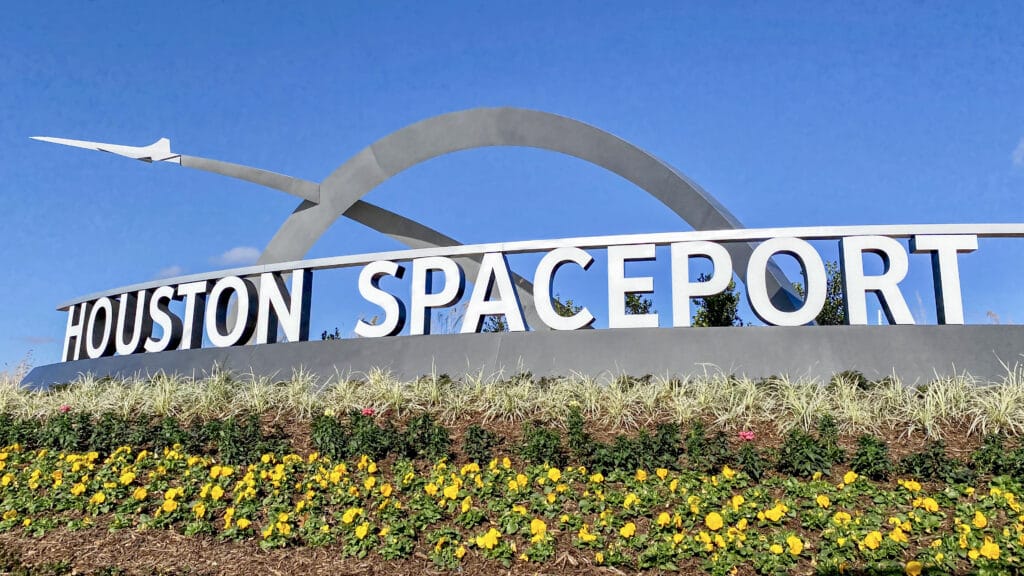
Texas CEO Magazine: How do you see the Houston Spaceport fitting into the broader economic development goals of the Houston area? Have you seen other spaceports becoming economic development centers in their local regions?
Machuca: Houston Spaceport is unique among the other federally licensed spaceports. Our great city can boast of having the only true urban spaceport in the world. And its vision is also unique—to bring together a cluster of aviation and aerospace enterprises that will support the future of commercial spaceflight.
Houston is already home to over 500 aviation- and aerospace-related firms and institutions, so we’re very well positioned to become a center for collaboration and innovation and lead the nation on the commercial aerospace front. Our vision is fundamentally tied to the growth of the Houston economy. Axiom Space’s development, for example, is estimated to bring more than a thousand jobs to Houston. As we become home to new and existing aerospace companies, Houston will reap the benefits of the jobs, technology, and innovation that will follow.
Currently, most if not all other US spaceports rely on growing operations such as launches and landings. The Houston Spaceport business model is not necessarily dependent on spaceflight operations at the moment. Although horizontal launches and landings will one day happen at Houston Spaceport, we are focused on creating an ecosystem that allows companies to develop the technology that will make commercial spaceflight a part of our everyday lives. As the industry matures, we are taking advantage of all the other assets our city and its spaceport have to offer.

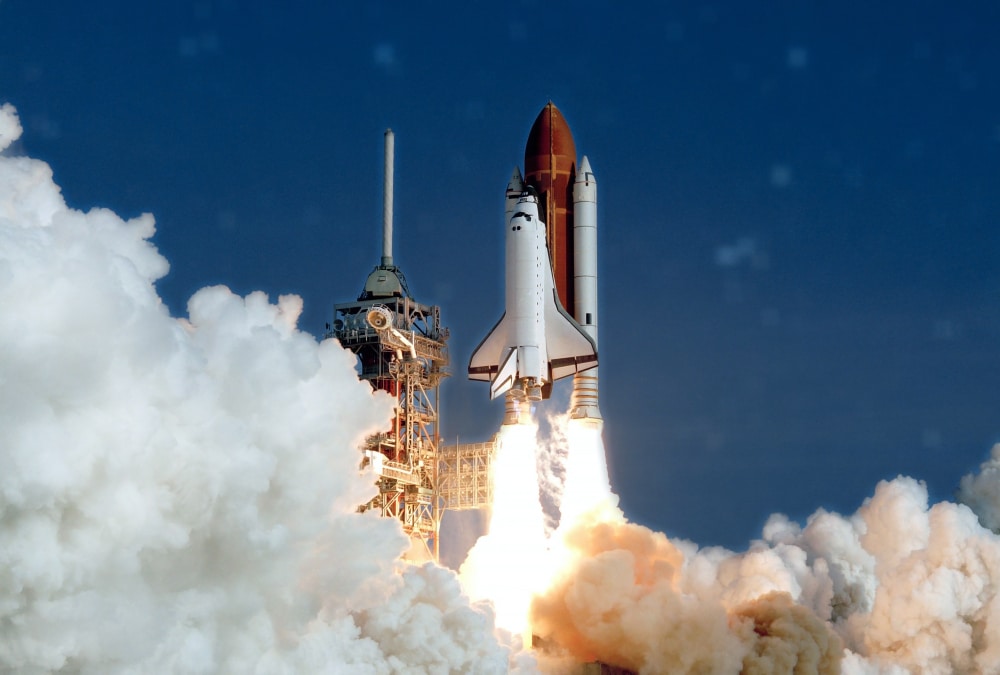


1 Comment
Schedule tour for board of directors